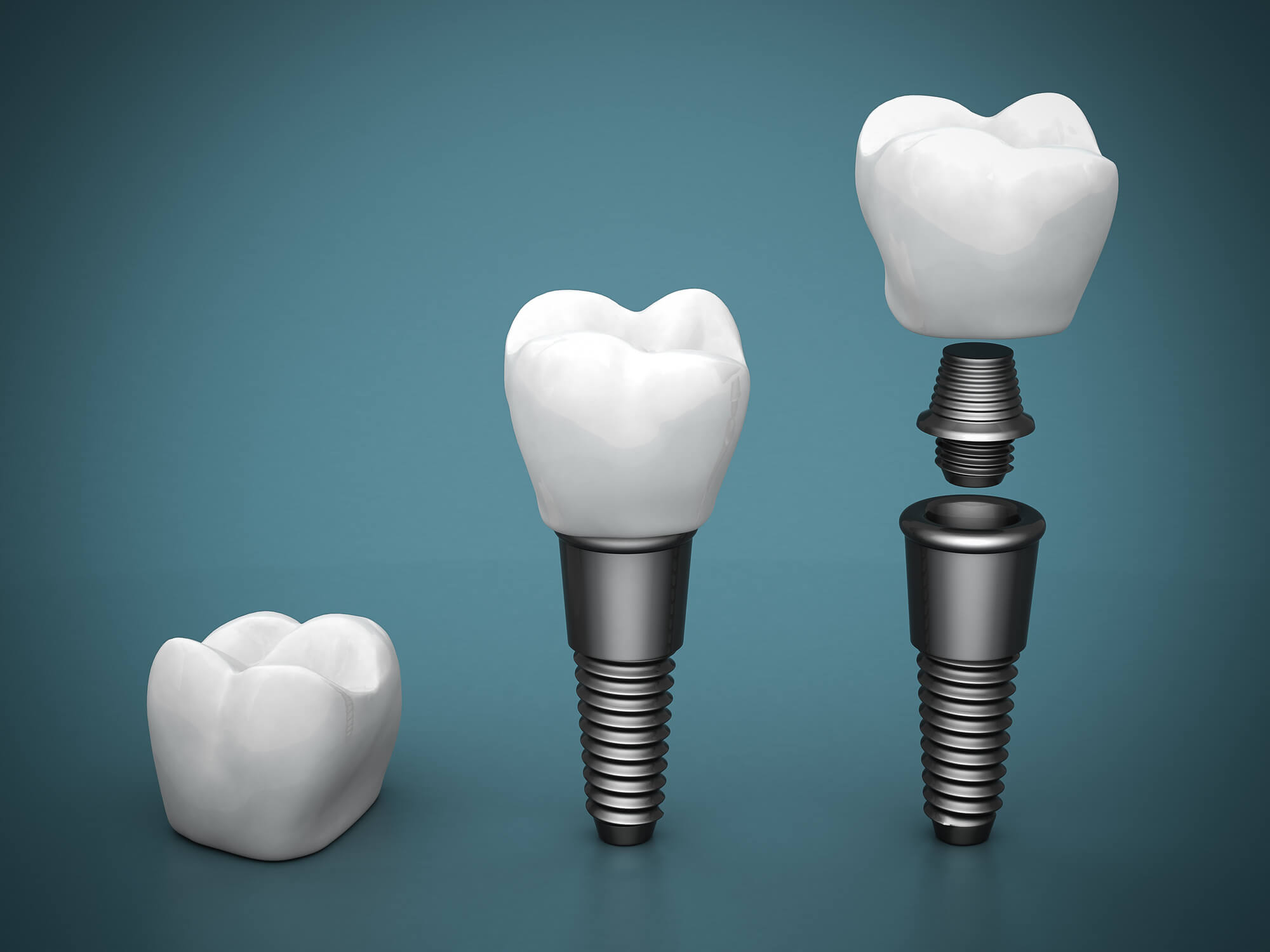Approximately 3 million patients worldwide have dental implants. 5 million more are placed every year in the US alone.
Not enough patients ask whether this is the best procedure for them to replace missing or damaged teeth. Only 27% of Americans have ever gotten a second opinion on a dental procedure.
What they need to consider is, “Are dental implants worth it? They’re the most durable, natural, and cost-effective tooth replacement option available today. They also need to choose from a range of implant options.
Read on to learn about the different types of dental implants.
Endosteum
What are the different types of dental implants? It’s best to start with the most common.
Endosteum implants are one of the most requested. They’re even available if you already have dentures or bridges.
A screw gets placed onto the jawbone with false teeth placed over it. This is followed up by a recovery period.
Subperiosteal
This is the second most common among the different types of dental implants. They’re placed outside of the jaw and sit on top of the bone but beneath the gums. False teeth get attached to poles. A metal frame with a post sits under the gums, and the tissue naturally heals around it.
Your jaw muscles contract with a force of 55-200 pounds of pressure. Withstanding this pressure proves the stability of dental implants.
This force may also have left you without enough healthy jaw tissue for an endosteum implant. A subperiosteal implant is a better alternative and requires less invasive oral surgery.
Zygomatic
This is one of the least common types of dental implants. It requires going into the cheekbone rather than the jaw.
The procedure is more complicated than the others. Patients who don’t have enough healthy jawbone tissue can still use it to enjoy dental implant benefits such as a stable, full smile.
Mini Implants
Dental mini implants are similar to denture implants but smaller, measuring less than 3mm. They often help stabilize a lower denture.
The procedure to install them is less invasive. It also heals faster and is more comfortable than other types.
Mini implants might be best if you have large areas of bone loss or loose dentures. Traditional implants are better if you grind your teeth.
All-On-4
All-on-4 implants get their name because it uses dentures that are supported by four implants. They can provide a full set or full arch of top and bottom replacement teeth.
The implants spread out the weight, which provides more support and reduces pain and discomfort. Treatment and recovery times are shorter compared to traditional options. You’ll need to follow a special diet for six months while your gums heal, but then you’ll have a full set of strong, permanent replacement teeth.
Where to Get the Different Types of Dental Implants
There are several different types of dental implants to cover or heal lost or damaged teeth. The major difference between them is where they’re placed. The most common is endosteum, which goes into the jaw. Subperiosteal goes below the gums, and zygomatic goes in the cheek.
There are also other options. An all-on-four implant provides a strong bridge for a large gap in your mouth. Mini implants are smaller and can stabilize loose dentures.
Contact us for help repairing your smile today.

